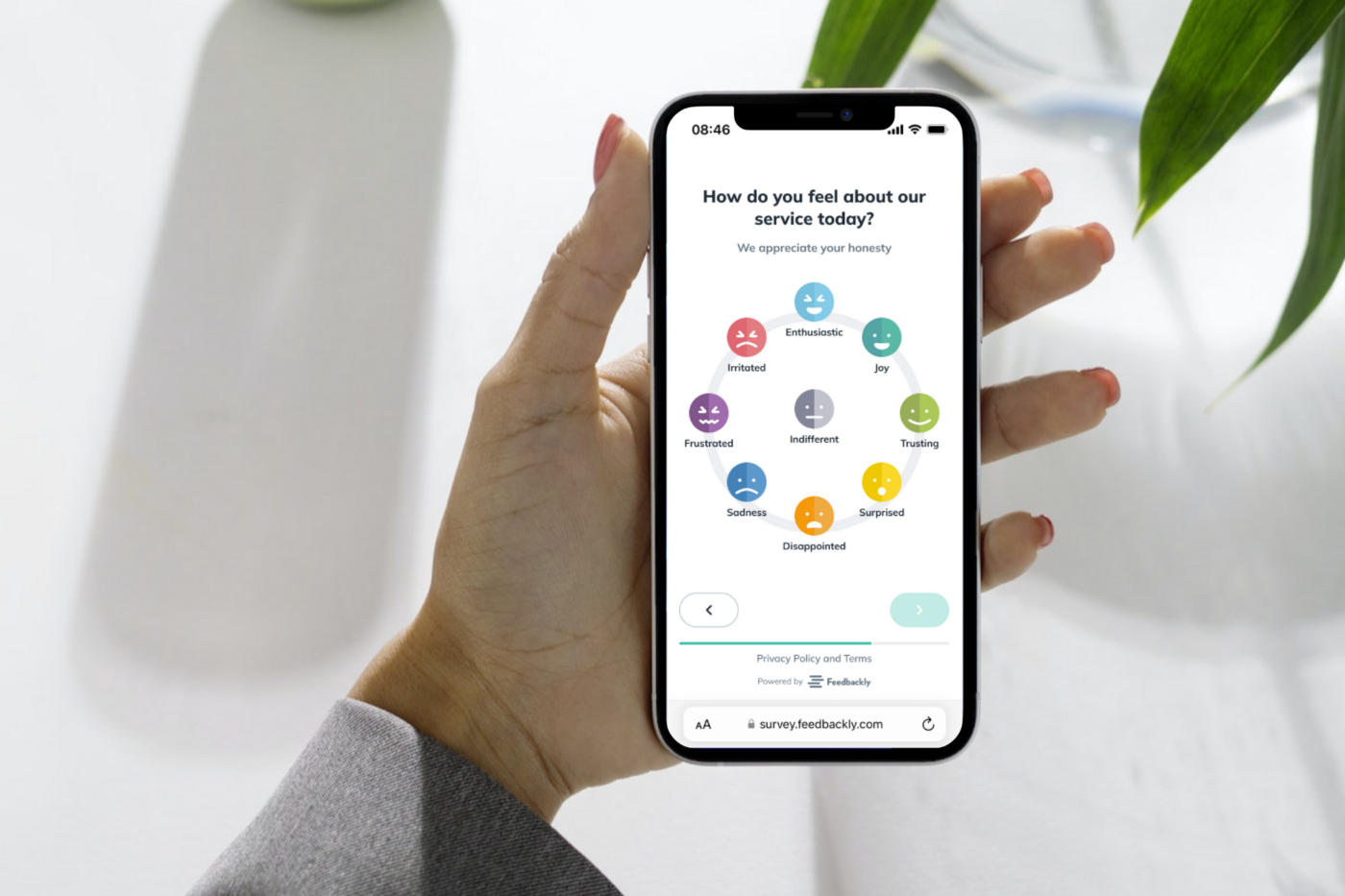Customer emotions play a significant role in strengthening brand loyalty and fueling a brand’s growth. After all, building meaningful connections with your clientele and building the customer journey around their preferences can go a long way. But, obtaining an accurate picture of how customers feel may seem like a hard task. Fortunately, there are two ways of getting into it. One is the good old customer sentiment analysis, while the other is the customer emotions analytics. While they sound similar, they differ in their approach and the depth of insights they provide.
So, which is better? Let’s look at each in detail!
What is Customer Sentiment Analysis?
Customer sentiment refers to how customers feel about a particular interaction or experience. It can be positive, negative, or even neutral. In CX, customer sentiment is a KPI that mirrors customers’ perception of your products and brand. It’s a popular metric used by businesses across various industries to gauge their relationship with the clientele.
Customer sentiment analysis is the process through which customer sentiments underlying consumer feedback or interactions are deciphered. Think of it as decoding messages! It often involves analyzing texts of customer support chat, call transcripts, survey responses, reviews, and other forms of user feedback. And then it simply shows if the content has positive, negative, or neutral sentiment.
You can use customer experience software with customer sentiment analytics for this purpose and extract valuable insights through text interpretation. These types of software can identify positive and negative connotations in words. They will also highlight the intensity of the sentiment reflected and point you to sentiment drivers.
What is Emotion Analytics?
Emotion analytics is a more comprehensive and in-depth approach to understanding the customer’s emotional and cognitive state. In this case, you directly tap into how customers feel regarding the experiences related to your brand. Unlike sentiment analysis, the data is directly gathered by asking customers how they feel about the products or interactions, and it can be supplemented by other data sources.
The Emotional Value Index (EVI®) is a metric that can be used to measure and analyze customer emotions. It reflects the quality of customers’ emotional engagement with the brand and portrays how emotions affect consumer purchasing decisions.
The EVI® survey asks customers to select the emoticon that best represents how they feel about the interaction (see an example below). You can use EVI® throughout the buying journey to measure the experience of any touchpoint. The data can then be used to understand customer expectations and preferences and fix critical pain points, if any.

Sentiment Analysis vs. Emotion Analytics: Which is Better?
While customer sentiment analysis is no doubt useful, it does have limitations. For one, the extent to which it can determine the underlying customer emotion is limited to the efficacy of the software used. It can be challenging to detect irony or sarcasm, and in this case, a negative sentiment can be interpreted as a positive one.
Unlike sentiment analytics, there’s no guesswork involved when measuring emotion analytics using EVI®. As customers themselves respond about how they feel using emoticons, the true nuances of their answers don’t get lost in translation. Also, emoticons are more straightforward in the expression of feelings.
If you want to gain a deep understanding of your clientele, we recommend you use both. In fact, we have found that sentiment analysis and emotion analytics using EVI® have a strong correlation and complement each other very well. You can also share the insights with other departments to take prompt actions and address prevailing issues.
For one, you can use EVI® to determine the strengths and weaknesses of the customer experience and utilize sentiment analysis to delve further into the root cause. They will help you identify the sentiment driver fast and also understand the severity of existing pain points, through which you can decide how soon it should be rectified.




